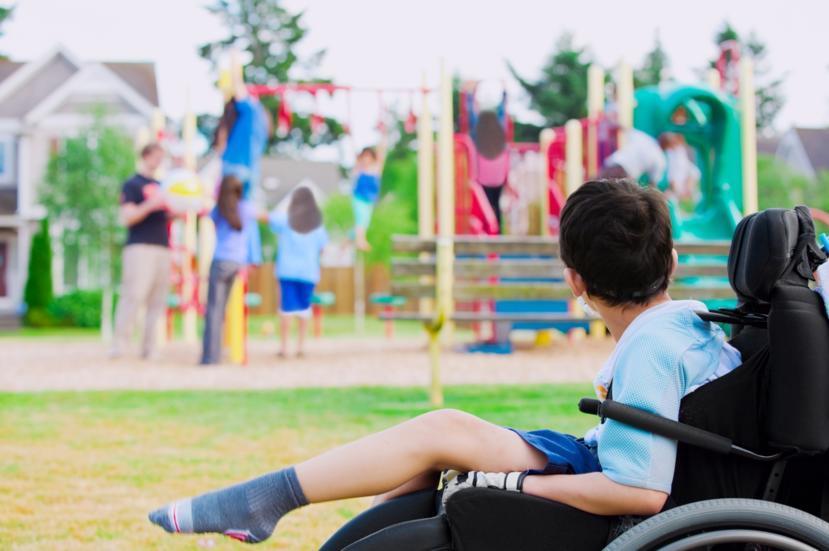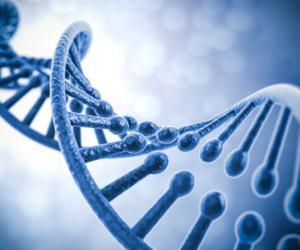Living with Muscular Dystrophy and the Challenges of Daily Life

Muscular dystrophy is a genetic disorder characterized by gradually deteriorating muscular strength functions. It is primarily caused by mutations in the genes, specifically those that take care of proper muscular functioning and protein production. The disease affects people worldwide, according to Parent Project Muscular Dystrophy. The Duchenne Muscular Dystrophy, the most common subtype of the disease that stems from childhood, affects 1 in every 3,500 live male births, producing approximately 20,000 new cases every year. Due to its nature, muscular dystrophy no doubt affects the lives of its patients in drastic and various ways. A few of the complications and impacts muscular dystrophy may have on a person’s life include the following:
Reduced mobility due to contractures
Aside from progressively weakening muscles, muscular dystrophy is also responsible for the stiffening and constriction of tendons, ligaments, and other connective tissues, rendering them inflexible and resulting in limited movements. Certain activities that require intense motion such as playing sports or simply walking, running, and jogging become extremely difficult. This is why people with muscular dystrophy often find themselves in need of the aid of certain equipment such as strollers, walkers, braces, crutches, and wheelchairs to be capable of moving around.
Difficulties in breathing
Although the lungs, the main organ responsible for the body’s respiratory processes, may remain unaffected with muscular dystrophy, other parts of the respiratory system such as the diaphragm, a muscle whose function is to regulate the circulation of oxygen in the body, can become dysfunctional. To that effect, shortness of breath, brief attention spans, headaches, and drowsiness are uncommon among muscular dystrophy patients who experience this kind of complication. To combat this, some patients use a ventilator to facilitate the movement of air supply in the body, especially during night time when fluctuations in the oxygen levels may be much more difficult to detect.
Problems with swallowing and digestion
Due to hardened facial and throat muscles, patients experiencing muscular dystrophy have trouble with food intake because of the reduced mobility. In fact, some types of muscular dystrophy are also known to affect the organs of the digestive system such as the aforementioned Duchenne Muscular Dystrophy and Type 1 Myotonic Muscular Dystrophy; the latter being known for attacking involuntary muscles such as the large and small intestines. It is almost unavoidable for patients with muscular dystrophy to develop deadly cases of constipation, which is why careful food choices must be observed, and sometimes, the patient can only receive food through a feeding tube.
Facial stiffness and visual impairment
Facioscapulohumeral Muscular Dystrophy is a specific type of muscular dystrophy that affects the facial muscles, most especially those that surround the eyes and the mouth. This subtype of muscular dystrophy contributes to the formation of cataracts in the eyes, which can potentially cause clouded vision due to the decreased transparency of the eye lens. In addition to clouded vision, difficulties in speaking and doing various facial expressions such as smiling are also experienced by patients who suffer muscular dystrophy.
Sleeping and other night time issues
Because of their inhibited range of movement, people with muscular dystrophy experience a variety of discomforts during bedtime. Changing sleeping positions become difficult due to weaker muscles and joints, as well as breathing regularly due to problems with the respiratory system. When a muscular dystrophy patient also has facial stiffness and situations such as waking up with dry or burning eyes, this may be a sign that the patient’s eyelids were not fully closed for the whole duration of rest.
Cardiovascular complications
As the heart itself is a muscle, developing heart problems are not unheard of when a patient has muscular dystrophy. The disease, especially the Duchenne and Becker subtypes, affects the heart in ways; one of which is through cardiac arrhythmia or irregularity in the beating of the heart. Patients may also develop cardiomyopathy or the general weakening of the heart muscles owing to the lack of dystrophin, which the patients with muscular dystrophy often have trouble producing due to genetic mutations.
Scoliosis and improper posture
With the decreased strength of skeletal muscles, the spine will often have the tendency to collapse and form a sideways bend, a characteristic of scoliosis. Aside from scoliosis, muscular dystrophy patients could not help but also exhibit bad posture. This is due to the inability of their skeletal muscles to support a proper one. Additionally, poor sense of balance and muscular spasms (involuntary jolts in the muscles) are also among the common complications that may arise with muscular dystrophy.
Psychological and intellectual problems
Though the effects are usually only subtle or mild, muscular dystrophy patients, especially those who developed the disease since birth or at an early age are known to have problems concerning psychological and intellectual situations. Muscular dystrophy has been linked to poor academic achievements among children due to weaknesses in speech, reading, and arithmetic. The disease can also give way to the development of behavioral disorders such as Attention Deficit Hyperactive Disorder (ADHD), Autistic Spectrum Disorder, and Obsessive Compulsive Disorder.
Coping mechanisms
The above are just a few of the challenging situations people with muscular dystrophy experience in their daily lives. Because a cure is still yet to be discovered for the disease, patients often employ various methods to cope up with muscular dystrophy and its consequences. Some of these coping mechanisms that patients, their friends and loved ones, and their immediate community employ include:
Structural modifications and equipment for better accessibility: Because of trouble with movement, patients with muscular dystrophy, as mentioned earlier, utilize equipment such as strollers, walkers, crutches, wheelchairs, and braces to allow for better mobility. Some places around the world have also passed ordinances, deeming it a requirement for buildings and other similar structures to include ramps, elevators, and wider doorways to allow easier and better access for the patients.
Observation of proper diet: To combat the poor amount of protein in the body, muscular dystrophy patients are advised by physicians to observe protein-heavy diets and minimize or stay away from fats and carbohydrates to slow down the progression of the disease. Sometimes, steroids are taken in by patients to give more strength to their deteriorating muscular functions.
Physical therapy: People with muscular dystrophy often engage in physical therapy to retain normal muscular functions or even reacquire lost ones. Due to the very slow progression of some muscular dystrophy subtypes, other patients, especially those who are just newly diagnosed with the disease, are encouraged to do daily exercise. However, strenuous activities are not recommended.
Engagement in support groups: What better way there is to feel better about one’s condition than talking to others who are in similar circumstances? Support groups can help muscular dystrophy patients by allowing them to listen to other people’s experiences with the disease and at the same time, relay their own. Support groups also initiate educational drives and activities that make the patients of the disease know more of their condition and adopt a more positive outlook towards it.
Living with a condition such as muscular dystrophy indeed presents a lot of challenges, especially in managing daily life. While not everyone may know the pain and the huge amount of effort exerted by the patients themselves just to go through every day, one thing is for certain — they deserve our support and respect.















